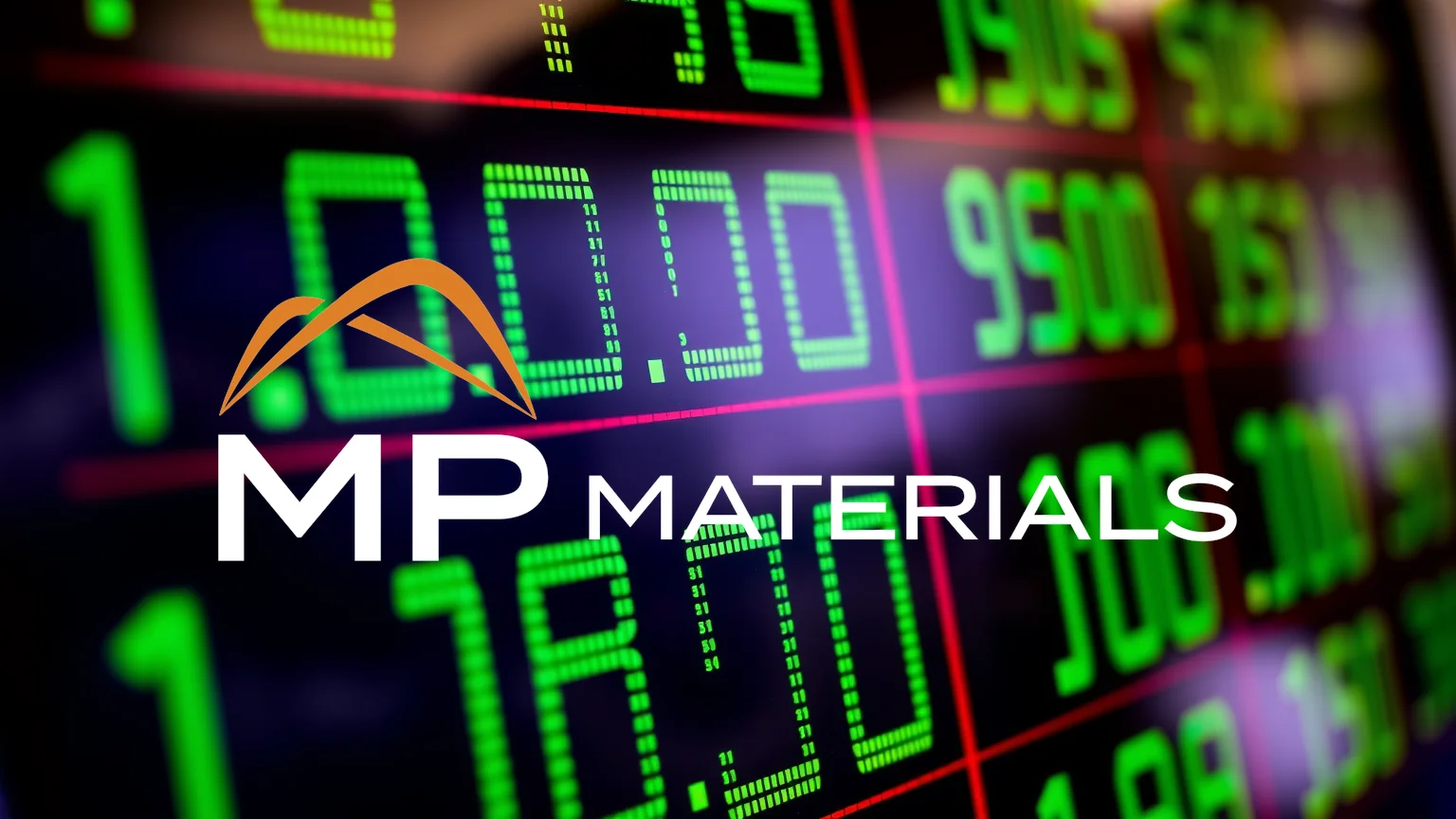A different kind of market frenzy is unfolding, one characterized not by investor panic but by buyer desperation. As semiconductor giants like Micron Technology ramp up production, a severe supply crunch has emerged for a critical product category. DDR5 memory is becoming nearly impossible to source, and High Bandwidth Memory (HBM) is reported as completely sold out for the entire 2026 calendar year. While this scenario presents a nightmare for technology firms, it is creating a golden age for Micron, propelling price targets to unprecedented levels. The central question for investors is whether the company’s stock can live up to these soaring expectations.
Unprecedented Pricing Leverage Emerges
The supply chain data paints a stark picture. Clients are operating with historically low inventory levels, leading to an increase in panic buying. Furthermore, the capital expenditure capabilities of competitors are physically constrained. This environment grants Micron exceptional power in price negotiations. UBS reports that in contract discussions for DDR5 memory, the company is successfully implementing price increases of up to 20 percent quarter-over-quarter. These gains significantly exceed the firm’s own forecasts, providing a clear indicator that demand is substantially outstripping supply.
Wall Street Responds with Record Price Targets
The analyst community is reacting with notable optimism. Morgan Stanley has elevated its price target for Micron to $338, representing the most bullish forecast among all major financial institutions. Analyst Joseph Moore describes an “active crisis mentality” within the DDR5 market, cautioning that product availability is “extremely constrained.” The direct consequence is Micron’s ability to secure multi-quarter contracts under markedly improved terms.
The situation is particularly acute for HBM, a component essential for AI accelerators from companies like Nvidia and AMD, which remains fully allocated through 2026. Morgan Stanley reaffirmed its “Overweight” rating, arguing that the scarcity provides Micron with extraordinary pricing authority.
A More Enduring Market Cycle
Echoing this positive outlook, UBS has also raised its price target, setting it at $275. The Swiss bank emphasizes that the current memory cycle appears more “long-lasting” than previous industry upswings. The rationale behind this durability lies in production dynamics: the manufacturing of High Bandwidth Memory consumes massive industry-wide capacity. This inevitably restricts the supply of standard DRAM, thereby providing a solid foundation for sustained pricing across the product portfolio.
Should investors sell immediately? Or is it worth buying Micron?
Valuation Gap Suggests Potential Upside
Despite a significant share price rally, Micron’s valuation remains surprisingly modest. The stock currently trades at approximately 13 times expected earnings. This represents a substantial discount compared to the broader semiconductor sector and other AI beneficiaries like Nvidia, which often command earnings multiples between 25 and 30.
This relatively low valuation implies that the market has not yet fully priced in the profit growth anticipated from HBM production and the structural shortages in standard memory chips. If Micron can achieve its 2026 production targets without major quality control issues, Morgan Stanley’s $338 objective could move within reach.
Navigating Inherent Volatility
Investors should remain cognizant of the stock’s inherent volatility. In mid-November 2025, the share price experienced a notable decline amid a broader sector rotation away from AI-focused investments, though it recovered swiftly. A critical uncertainty remains: Can Micron scale the complex production of HBM3E and future HBM4 chips without significant delays? A single setback in production yield could rapidly undermine the current euphoric projections.
The prevailing conditions, however, suggest Micron may indeed be at the dawn of an exceptional earnings cycle, positioned to capitalize on a supply and demand imbalance that shows no immediate signs of abating.
Ad
Micron Stock: Buy or Sell?! New Micron Analysis from November 26 delivers the answer:
The latest Micron figures speak for themselves: Urgent action needed for Micron investors. Is it worth buying or should you sell? Find out what to do now in the current free analysis from November 26.
Micron: Buy or sell? Read more here...









